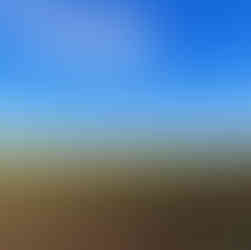Les Marais parisiens
- annakopic
- Jan 4
- 4 min read

I used to think that the Parížske močiare (Paris Marshes) were just a funny nickname given to them by locals, but when I saw the name on a map, officially, and was intrigued by the origin of the name and then, after reading the history - it is one of the most valuable and last original ornithological sites for waterfowl in Europe - decided to finally visit the marshes!






























Comments